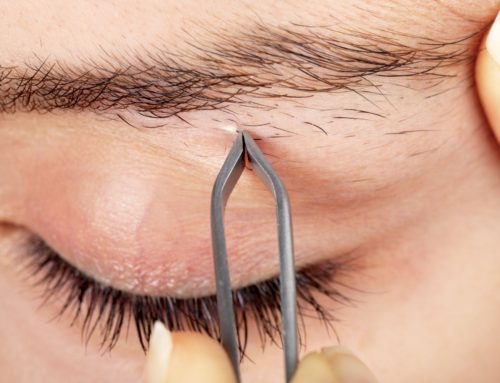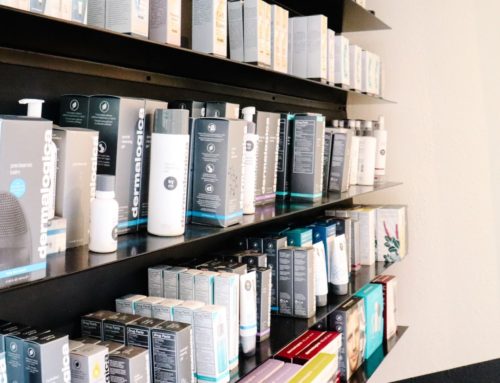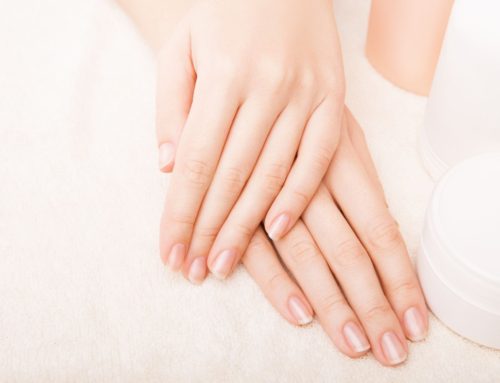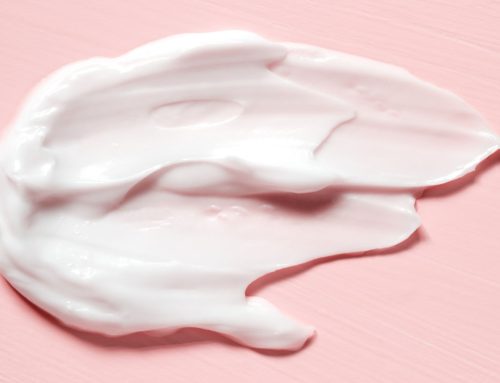Exfoliation is one of the most important parts of your skincare routine, and yet, it is the one that commonly falls to the wayside. It’s easy to think of exfoliating your skin as a once-in-a-while task, reserved for times when you need to apply self tanner or you want your legs to be extra smooth. In reality, you should be exfoliating both your body and your face on a fairly regular basis.
Exfoliation keeps your skin smooth by scrubbing away the dead skin cells that build up over time. Your skin naturally sheds dead cells throughout the day, so if you don’t actively remove them, they will eventually start to clog your pores (eek!) and can cause acne (double eek!). With that said, we know there tend to be some misconceptions about exfoliation, so here are our two cents on why, and how, you should be exfoliating regularly.
For those with dry skin, exfoliation is a no-brainer, but it’s equally important for other skin types, too. As we mentioned, this process helps remove gunk from your pores and prevent acne. In clearing up the surface of your skin, it also allows other skincare products to penetrate deeper and more effectively, thus improving your overall skin health. In the long term, exfoliating can also help remove dark spots, patches of texture and hyperpigmentation by slowly chipping away at them and exposing a clean canvas underneath. Sounds satisfying, right?
There are internal benefits to exfoliation as well. The motions you go through boost blood circulation and lymphatic drainage, both of which cleanse your skin from the inside out, by flushing out toxins. In turn, exfoliation speeds up cell turnover, which means you’ll constantly have fresh, new cells at the surface of your skin, resulting in a brighter, glowier facade. Basically, the skin you’ve always dreamed of.
There are two types of exfoliants for your skin: chemical and physical.
Chemical exfoliants use different types of chemicals (duh) to remove dead skin cells. These can range from fruit enzymes to alpha and beta hydroxy acids. No matter what the substance, they work to break down the bonds between skin cells, thus making it easier for the dead skin to be wiped away.
Physical exfoliants are, well, physical. They contain some type of rough material, grain or bead that buff away at dead cells when rubbed against the skin. Physical exfoliants can vary in how tough they are, which means that even those of us with sensitive skin can use them.
With both types of exfoliant, it is recommended that you start once or twice a week, and work your way up to three or four times a week.
If you weren’t an exfoliation fan before, hopefully by now you’re well on your way to becoming one! We wish you all the smooth, glowy skin in the world!







Leave A Comment